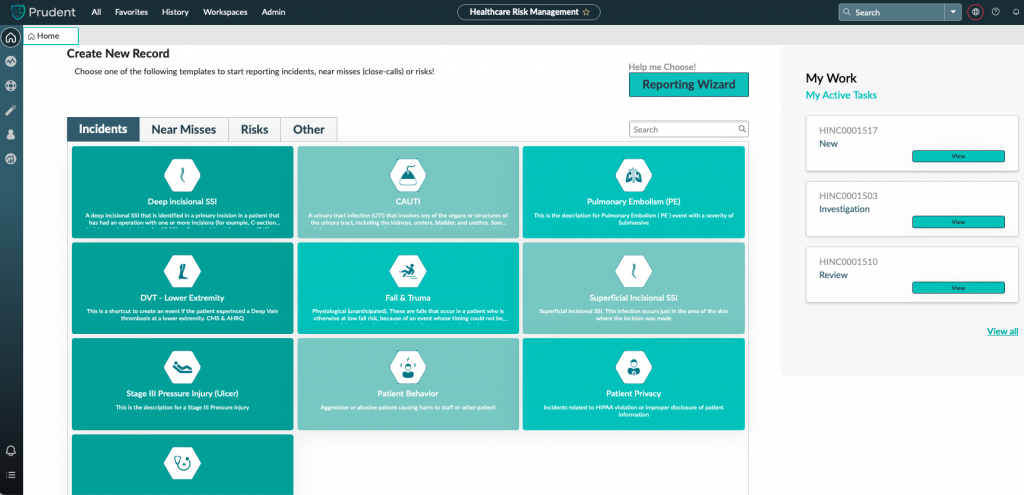
Simplifying the user interface of patient safety reporting systems is crucial for improving patient safety. When healthcare providers are able to easily and efficiently report incidents and near-misses, track trends, and implement corrective actions, patient care can be significantly improved.
A complex and confusing user interface can result in healthcare providers being hesitant to report incidents or near-misses, or even worse, not reporting them at all. This can lead to a lack of understanding of the root causes of these events and make it difficult to identify areas for improvement. By simplifying the user interface, healthcare providers can report incidents and near-misses more easily, which will lead to more accurate data and more informed decision-making.
Additionally, simplifying the user interface of patient safety reporting systems can lead to more efficient workflows. Healthcare providers are often busy and have limited time to spend on administrative tasks. A user-friendly interface can streamline the reporting process, saving healthcare providers valuable time and allowing them to focus on providing quality patient care.
Finally, a simplified user interface can help to reduce the risk of errors. When the user interface is complex and difficult to navigate, healthcare providers may make mistakes when reporting incidents or near-misses. This can lead to incorrect data being entered into the system, which can result in inaccurate trend analysis and incorrect corrective actions being implemented.
In conclusion, simplifying the user interface of patient safety reporting systems is essential for improving patient safety. A user-friendly interface can lead to more accurate data, more efficient workflows, and a reduced risk of errors. By implementing a simple and intuitive user interface, healthcare providers can improve patient safety and provide better care to their patients.
